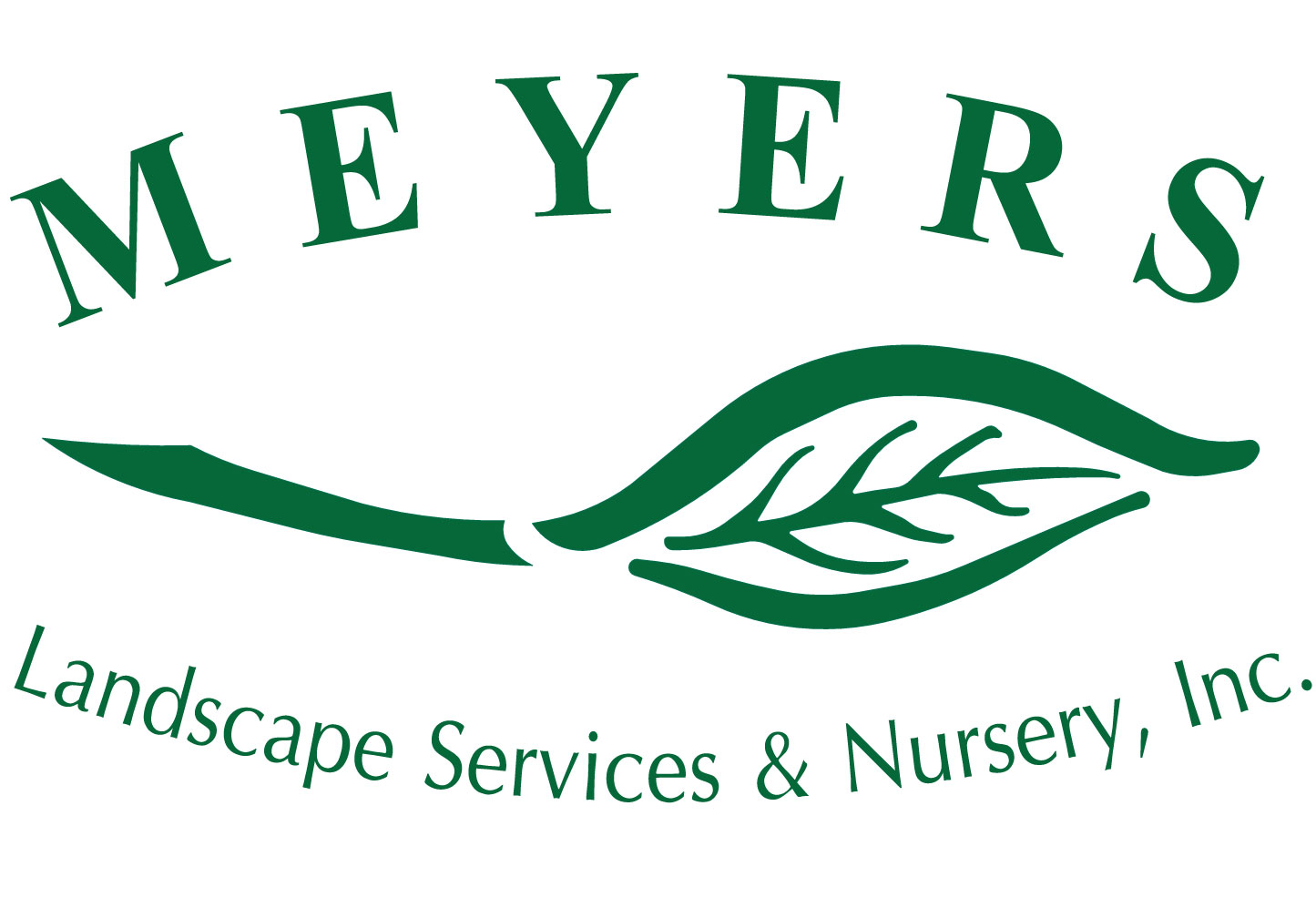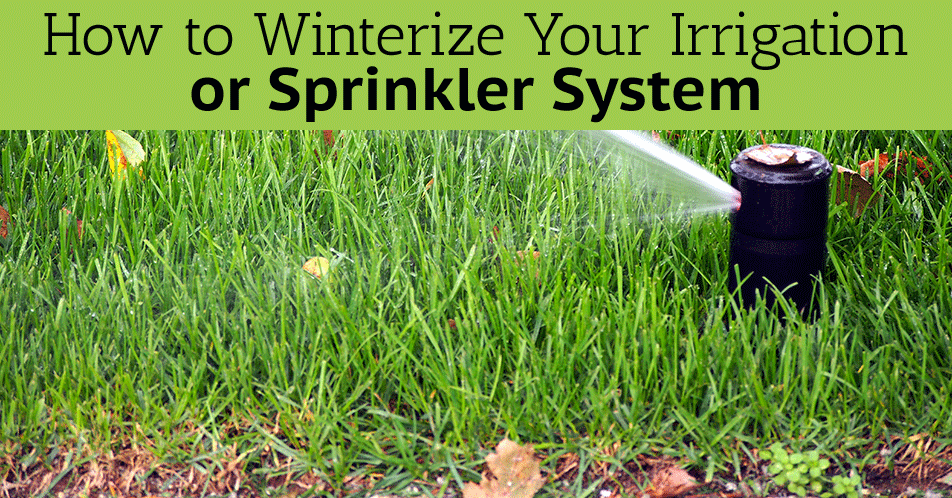When rainy, cold winters come along, most homeowners know that they should shut off their sprinklers — it just makes sense, right? But managing irrigation in the colder months is more complicated than that. If you don’t take the proper precautions, your sprinkler system could be permanently damaged (which also means trouble for your landscaping). Here’s what you need to know about how to winterize your irrigation for winter.
Turning Off Your Timers
Fortunately, this is the step that most homeowners get. You don’t want your sprinklers turning on during the winter. In colder areas; the water will freeze and start destroying your plants instead of helping them. In warmer areas, winters are already rainy and adding more irrigation can waterlog and eventually kill your plants (and attract pests). In other words, winter is the time to switch off your sprinkler timers. This varies based on your setup, but most irrigation systems have an off or standby mode that you can activate in the fall to keep them from turning on. It’s best to turn the timer fully off, so it doesn’t accidentally get reactivated.
Shutting Off Water Access
Next, you will want to shut off water access to your sprinklers. This is primarily extra insurance that your sprinklers can’t turn back on at all until you allow it. If your irrigation system is hooked up to your household water, then it should have its own panel with a set of levers or switches controlling water flow to various parts of your yard. The controls will probably be buried a couple of feet underground, close to your house, so look for the access panel there. In some cases, it may be connected to your primary water valve.
Blowing Out Pipes
The water may be shut off, but there’s still water lingering in your pipes, and that’s bad news. If winter conditions drop below freezing, that water can freeze up. Since frozen water expands, water trapped in a tight space like against a valve or in a pipe can crack and damage materials around it. A good freeze can destroy an irrigation system. The best solution is blowing out sprinklers, but this is a job best left to a professional with the right gear and equipment. Some irrigation systems may use a manual flushing method that accomplishes the same thing.
Adding Insulation
If you have any above-ground sprinkler or drip lines, you should add insulation to protect them from the frost. Insulation tape will do the trick here, but an extra layer of mulch is usually sufficient. You should also consider buying protective enclosures for your outdoor faucets for the same reason.
Understand the Dangers of Particularly Cold Spots
If you live in a warmer area where the temperature rarely drops to freezing, you may be wondering if you still need to go to all this effort. The short answer is yes. The longer answer is — yards tend to have their own little microclimates created by wind, shade and other factors. Just because you don’t see any frost when you look out the window does not mean that the ground isn’t freezing.
If you have any additional questions, you can always call Meyers Green Services for more information, advice, or a free estimate!

